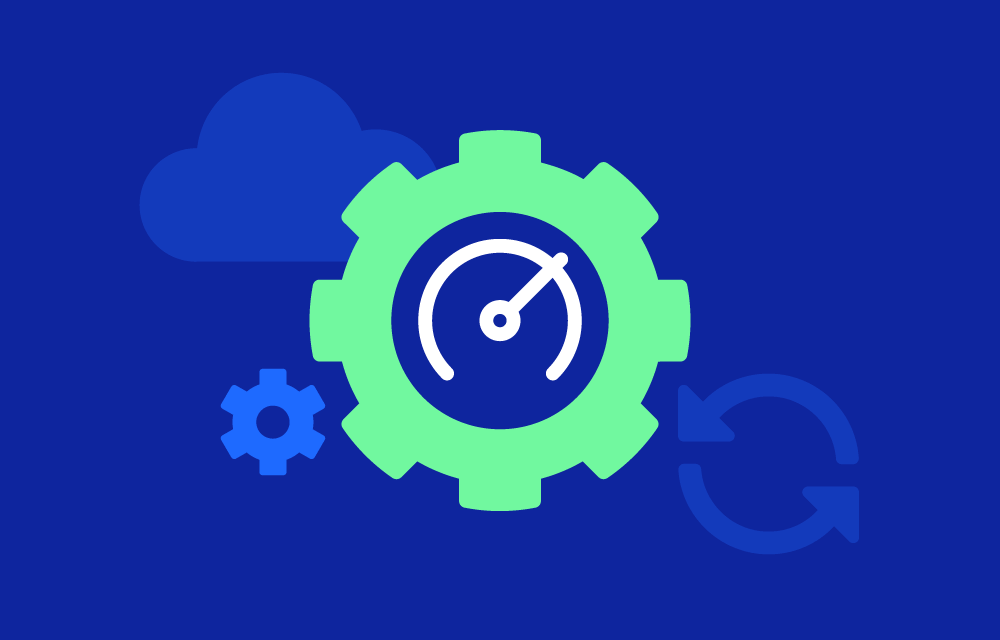History
The concept of automation in computing dates back to the early 20th century with mechanical computers. Automation’s role in IT evolved significantly with the advent of Infrastructure as Code (IaC) tools like Terraform and Ansible in the mid-2000s, which allowed for the programmatic management of infrastructure.
In the early 2010s, major cloud providers such as Amazon Web Services (AWS) introduced services like AWS CloudFormation, which provided a framework for defining and provisioning infrastructure using declarative templates. Microsoft Azure followed with Azure Resource Manager, and Google Cloud Platform introduced Google Cloud Deployment Manager, further cementing the role of IaC in cloud environments.
The introduction of AI and ML in the late 2010s revolutionized cloud automation, enabling more intelligent and adaptive automation solutions. These technologies allowed for more sophisticated automation frameworks that could predict and respond to changing workloads and demands, significantly improving operational efficiency and reducing costs.
Value proposition and key features
Cloud automation offers several key benefits:
- Efficiency: Automates repetitive tasks, reducing manual effort.
- Consistency and Standardization: Ensures uniform configurations and deployments, minimizing errors.
- Auto Scaling: Rapidly scales resources to meet demand without manual intervention.
- Cost optimization: Optimizes resource utilization and reduces operational costs.
- Improved Reliability: Reduces human errors and ensures consistent deployment practices.
- Advanced Forecasting: AI-driven automation predicts future resource needs, managing spiky or volatile workloads better than manual forecasting.
- Enhanced Monitoring: AI-powered tools provide continuous monitoring and alerts, optimizing performance.
- Actionable Recommendations: AI-based insights and recommendations for optimizing resource allocation and reduce costs.
Challenges
Despite its advantages, cloud automation faces several challenges:
- Complexity: Implementing automation workflows requires deep technical knowledge of both infrastructure and automation tools.
- Integration: Seamlessly integrating automation tools with existing systems and workflows can be difficult, especially in diverse environments.
- Security concerns: Ensuring secure automated workflows is critical, as any vulnerabilities can be exploited.
- Skill gap: There is a shortage of professionals skilled in cloud automation technologies.
- Maintenance: Automated systems need regular updates and adjustments to keep up with changing requirements and environments.
- Forecasting challenges: AI-based forecasting for cloud usage is difficult due to the unpredictable nature of workloads. Despite this, AI offers more reliable predictions than manual methods.
Types of cloud automation
- Infrastructure automation: Automates provisioning and management using IaC.
- Application deployment automation: Automates deployment and scaling, often integrated with CI/CD pipelines.
- Configuration automation: Standardizes system configurations using management tools.
- Operational automation: Automates routine tasks like backups and monitoring.
- Security automation: Automates security tasks such as threat detection and incident response.
Market
The cloud automation market is expanding rapidly, driven by increasing cloud adoption and the need for operational efficiency. Key players include:
- Amazon Web Services (AWS)
- Microsoft Azure
- Google Cloud Platform (GCP)
- IBM Cloud
- Alibaba Cloud
Numerous startups and established vendors offer specialized cloud automation tools and platforms, contributing to a vibrant and competitive market landscape.
List of cloud service providers offering cloud automation
- Amazon Web Services (AWS): AWS CloudFormation, AWS Lambda, AWS Step Functions
- Microsoft Azure: Azure Resource Manager, Azure Automation, Azure DevOps
- Google Cloud Platform (GCP): Google Cloud Deployment Manager, Google Cloud Functions, Google Cloud Build
- IBM Cloud: IBM Cloud Automation Manager, IBM Cloud Functions
- Oracle Cloud: Oracle Cloud Infrastructure (OCI) Automation
List of third-party software offering cloud automation
- Terraform (HashiCorp): An open-source IaC tool for building, changing, and versioning infrastructure.
- Ansible (Red Hat): An open-source automation tool for configuration management and deployment.
- Puppet (Puppet Inc.): Automates the provisioning and management of infrastructure.
- Chef (Chef Software): Automates deployment and management of applications and infrastructure.
- Jenkins (CloudBees): Supports building, deploying, and automating software development processes.
- GitLab CI/CD: Provides tools for CI/CD, including automated testing and deployment.
Similar concepts
- Infrastructure as Code (IaC): Managing and provisioning infrastructure through code.
- Continuous Integration/Continuous Deployment (CI/CD): Frequently delivering apps to customers by introducing automation into the development lifecycle.
- Container Orchestration: Managing containerized applications with tools like Kubernetes.
- Microservices Architecture: Structuring an application as a collection of loosely coupled services, independently deployable and scalable.
References
- Gartner: “Gartner Forecasts Worldwide IT Spending to Grow 8 Percent in 2024” Gartner Press Release, April 2024
- AWS Documentation: “Introduction to AWS CloudFormation” AWS Documentation
- Microsoft Azure Documentation: “What is Azure Automation?” Azure Documentation
- Google Cloud Documentation: “Using Deployment Manager” Google Cloud Documentation
Further reading
- “Infrastructure as Code” by Kief Morris: A guide to building and managing cloud infrastructure using code.
- “The Phoenix Project” by Gene Kim, Kevin Behr, and George Spafford: A novel introducing the concepts of DevOps and continuous delivery.
- “Terraform: Up & Running” by Yevgeniy Brikman: A practical guide to writing infrastructure as code with Terraform.



